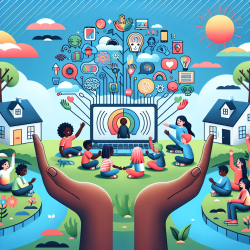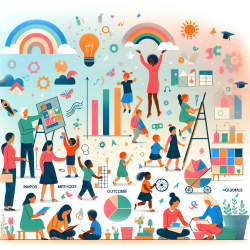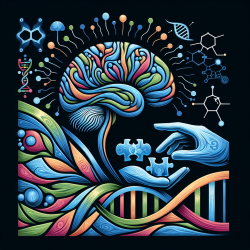The intersection of culturomics and fractal theory offers a fascinating lens through which practitioners can analyze cultural phenomena. This approach provides insights into the long-range correlations of social and natural events over the past two centuries. By understanding these patterns, practitioners can enhance their analytical skills and contribute to a deeper understanding of cultural dynamics.
Understanding Culturomics and Fractal Theory
Culturomics involves the application of high-throughput data collection and analysis to study human culture. It uses data from digitized books to track changes in word usage over time. When combined with random fractal theory, this approach allows researchers to identify patterns in the data that may not be immediately apparent.
The research article "Culturomics meets random fractal theory: insights into long-range correlations of social and natural phenomena over the past two centuries" explores how these methodologies can uncover the driving forces behind various phenomena. The study highlights that natural phenomena tend to exhibit persistent long-range correlations, while social phenomena are more likely to be non-stationary or intermittent processes.
Applying Research Insights to Practice
Practitioners can leverage these insights in several ways:
- Data Analysis Skills: By understanding how to apply fractal analysis, practitioners can enhance their ability to analyze complex datasets and identify underlying patterns.
- Cultural Understanding: The findings suggest that different types of phenomena follow distinct patterns. Practitioners can use this knowledge to better understand the cultural context of their work.
- Predictive Modeling: Understanding long-range correlations can improve predictive models for both natural and social phenomena, aiding in strategic planning and decision-making.
The Importance of Further Research
The study encourages further exploration into how these methodologies can be applied across various fields. Practitioners are urged to conduct additional research to expand on these findings and explore new applications.
This research opens up new avenues for exploring human culture through advanced data analysis techniques. By integrating these methods into their practice, professionals can gain a richer understanding of the cultural forces at play in their fields.










